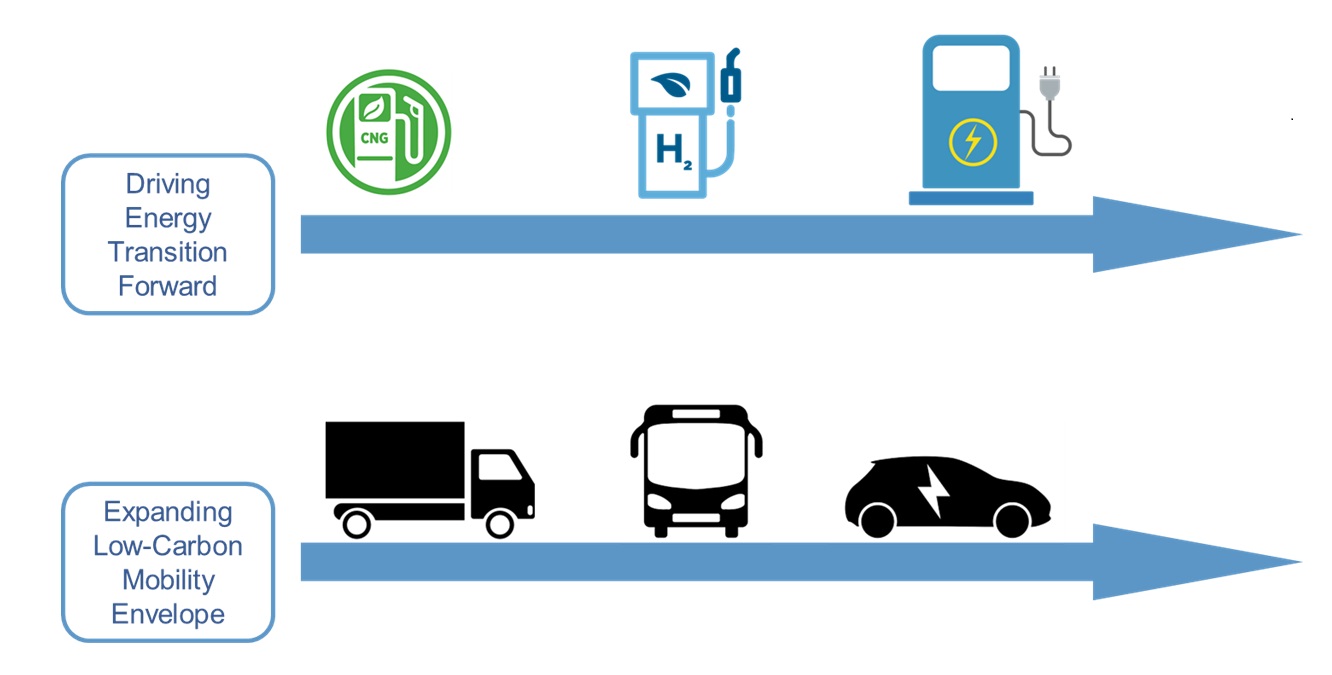

Our business model involves partnering with different stakeholders across the transportation & logistics value chain, to deliver sustainable transport solutions at scale.
We are focused on bringing in latest technological innovations in clean transport to Africa and incentivise their absorption across the entire value chain. All such technologies must meet the following criteria:
Partnerships are the heart of our business model. We are focused on complementing the existing capabilities and expertise of our potential partners – using them to drive operational efficiency and cost savings for end-users. We don’t seek to compete with our partners, or duplicate their efforts.
Adaptiv Transport’s long-term growth strategy has two dimensions.
We’ll introduce a broader range of propulsion technologies, in line with technological progress, improvements in commercial viability and development of supporting infrastructure. Currently, electrification or hydrogen at scale is neither technically feasible or commercially viable in markets such as Nigeria. As the overall cost of ownership and operations for these options comes down, and supporting infrastructure develops, Adaptiv Transport will include them (and similar other technologies) in its offering.
Adaptiv Transport has commenced its operations with initial focus on cargo transportation – as the commercial justification is the strongest in this segment. The same overall dynamic (massive up-front funding needs, low investment) prevails in other transport segments as well. We’ll, therefore, be expanding our offerings to cover passenger transport segment – both the public/mass transport as well as ride-sharing fleets.

© Copyright 2024 | www.adaptivtransport.com All Rights Reserved.